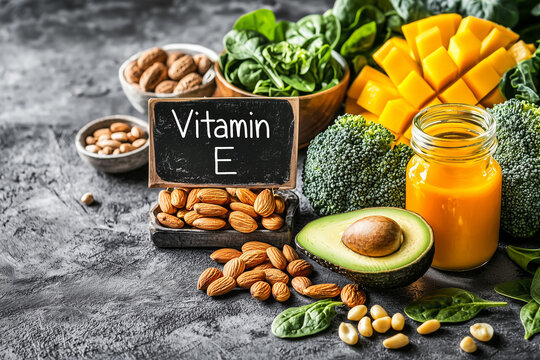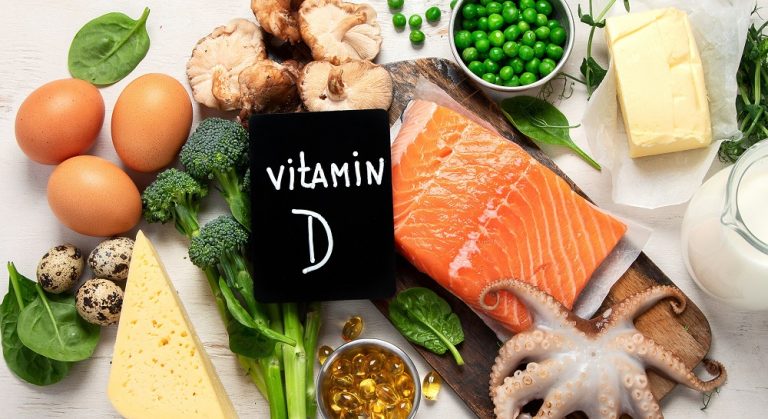
Understanding Depression: Signs, Causes, and How to Get Help
Depression is more than just feeling sad. It’s a serious mental health condition that affects millions of people worldwide—impacting how they think, feel, and manage daily activities. The good news? Depression is treatable, and recognizing the signs is the first step toward healing.
In this post, we’ll explore the key aspects of depression, including symptoms, causes, treatment options, and when to seek help.
What Is Depression?
Depression, or major depressive disorder (MDD), is a mood disorder characterized by persistent feelings of sadness, hopelessness, and a lack of interest or pleasure in daily life. It can interfere with relationships, work, sleep, and physical health.
Key Statistics:
- Over 280 million people suffer from depression globally (World Health Organization).
- Depression is the leading cause of disability worldwide.
- It affects people of all ages, though more common in adults and adolescents.
Common Symptoms of Depression
Not everyone experiences depression the same way, but some of the most common symptoms include:
- Persistent sadness or emptiness
- Loss of interest in activities once enjoyed
- Changes in appetite or weight
- Trouble sleeping or sleeping too much
- Fatigue or low energy
- Feelings of worthlessness or guilt
- Difficulty concentrating
- Thoughts of death or suicide
Tip: If symptoms last more than two weeks and interfere with daily functioning, it may be clinical depression.
What Causes Depression?
Depression is often the result of a combination of biological, psychological, and environmental factors.
Common Causes Include:
- Genetics: Family history of depression can increase risk.
- Brain chemistry: Imbalances in neurotransmitters like serotonin and dopamine.
- Hormonal changes: Such as during pregnancy, postpartum, or menopause.
- Trauma or stress: Including abuse, loss of a loved one, or major life changes.
- Medical conditions: Chronic illness, substance abuse, or other psychiatric disorders.
Types of Depression
There are several types of depression, including:
- Major Depressive Disorder: Intense, long-lasting episodes of depression.
- Persistent Depressive Disorder (Dysthymia): A chronic, less severe form lasting two years or more.
- Bipolar Disorder: Involves alternating episodes of depression and mania.
- Postpartum Depression: Occurs after childbirth.
- Seasonal Affective Disorder (SAD): Triggered by seasonal changes, especially in winter.
Treatment Options
The good news is that depression is highly treatable, especially when diagnosed early.
Most Effective Treatments:
- Therapy: Cognitive Behavioral Therapy (CBT), psychodynamic therapy, or group counseling.
- Medication: Antidepressants like SSRIs or SNRIs prescribed by a psychiatrist.
- Lifestyle changes: Exercise, proper sleep, nutrition, and mindfulness practices.
- Support networks: Friends, family, and peer support groups can be invaluable.
💬 Remember: Seeking help is a sign of strength, not weakness.
When to Seek Help
If you or someone you know is experiencing symptoms of depression, don’t wait. Early intervention can make a significant difference.
Immediate Help:
- Talk to your doctor or a mental health professional
- Call a helpline – In the U.S., contact the 988 Suicide & Crisis Lifeline
- Reach out to someone you trust
Final Thoughts
Depression is not a personal failure. It’s a medical condition—just like diabetes or asthma—that requires care, compassion, and support. With the right help, recovery is not only possible but expected.
If you’re struggling, know that you’re not alone, and help is available.
FAQs About Depression
Q: Can depression go away on its own?
A: While mild cases might improve, clinical depression often requires professional treatment.
Q: Is depression the same as sadness?
A: No. Sadness is a normal emotion. Depression is a chronic mental health disorder.
Q: Can diet or exercise really help?
A: Yes, lifestyle changes like healthy eating and regular exercise have shown to significantly boost mood and reduce symptoms.







